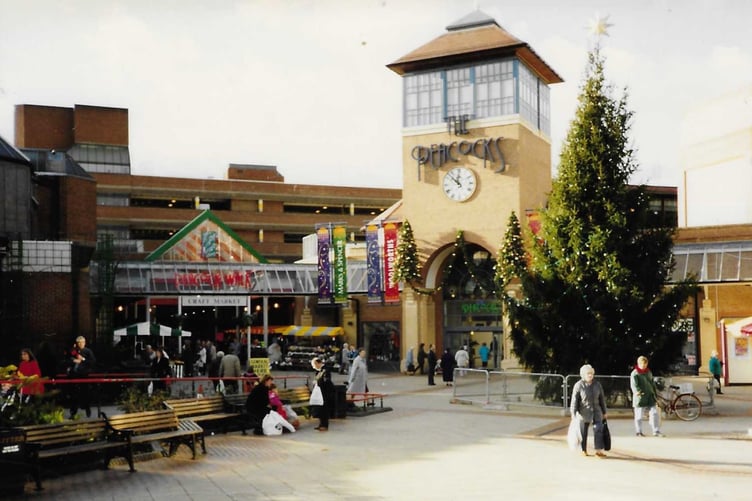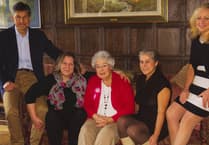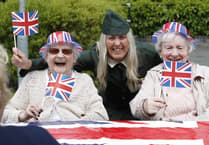Here is a tale of a timepiece that could be described as the town clock, given its prominent positions in two locations in Woking.
When Woking Urban District Council came into being in 1894, it drew up plans for a proper town hall, as its chambers were then above Ashby’s Bank on the corner of Chertsey Road and the Broadway.
Eventually the council bought a piece of land in Commercial Road – and by 1905, work was in progress for its new council offices which were opposite the junction of High Street.
The building cost a modest £4,500 and the council met there for the first time in March 1906.
The rather pleasing-looking building, although quite small, featured a clock positioned centrally above the second floor.
The clock, which cost £30, was made by Gillet & Johnson, a firm founded in Croydon in 1844 and which is still in business today. The company is now based in Edenbridge, Kent.
However, as Alan Crosby wrote about the council offices in his book A History of Woking: “Time – a short time – proved that it [the council offices] was in fact excessively small: within a decade much of the work was being conducted from prefabs and sheds erected in the rear yard.”
When that council building along with properties in Commercial Road were demolished as part of the first town-centre redevelopment in the 1960s, the timing mechanism of the clock was saved.
It is said to have been “carefully preserved” by jewellers Russells of Chertsey Road.
Fast forward to 1991, and a story in the News & Mail of October 3 gave details of how the clock mechanism had been saved again.
The report said the clock would be “incorporated into the modern electric clock over the main entrance to The Peacocks from the Town Square”.
The story added: “Its face was demolished with the old town hall but the workings will be adapted to the new clock with the expert help of Gillet & Johnson.”
The front page of the News & Mail of April 9, 1992 heralded the official opening of the new shopping centre with the headline “The Peacocks Centre spreads its wings”.
The accompanying report said that the range of shops – four major stores and 67 smaller units with more than 900 parking spaces – was intended to “cater for all tastes and incomes”.
The first tenants had moved into the complex in November 1991. They included four of the town’s voluntary organisations – Woking Association of Voluntary Services, Relate marriage guidance, the Women’s Royal Voluntary Service and the Citizens Advice Bureau.
The report said that the Flying Angel war memorial was already in place again and the previous November’s Remembrance service took place there, led by the Royal British Legion and West Surrey Raiders.
Mentioning the architecture, the News & Mail said: “On June 11, 1991, the Mayor of Woking, Dick Williams, topped out The Peacocks, and with the structural envelope completed, the hoardings came down and everybody saw just how striking the new centre is, in all its turreted splendour.”
The complex was built with 1.2 million bricks, 60,000 cubic metres of concrete – which at the height of the work was used at an area of 2,000 cubic metres a week – and enough steel to go from Land’s End to John O’Groats and back again.
The report did not mention the clock, although it can be seen clearly in older photos on the tower-like building overlooking the square, which is now known as Jubilee Square.
In July 2010, work was in progress to give The Peacocks a new look, in particular around Jubilee Square. The tower on which the clock had been installed was demolished – but was the clock saved?
Richard and Rosemary Christophers, archivists at The Lightbox, say the museum does not have the clock in its collection. But they have supplied some photos that show it in place at The Peacocks.
These photos reveal the positioning of the clock on the tower overlooking the square had been changed before it was eventually swept away.
Does anyone know whether the complete clock, with its original mechanism, exists? If you do, please contact me.
Thanks go to Mark Coxhead for bringing this story to my attention, sourcing the reporting of the opening of The Peacocks in back copies of the News & Mail on microfilm at the Surrey History Centre, and providing the postcard view of the former council offices in Commercial Road.


.jpeg?width=209&height=140&crop=209:145,smart&quality=75)


Comments
This article has no comments yet. Be the first to leave a comment.